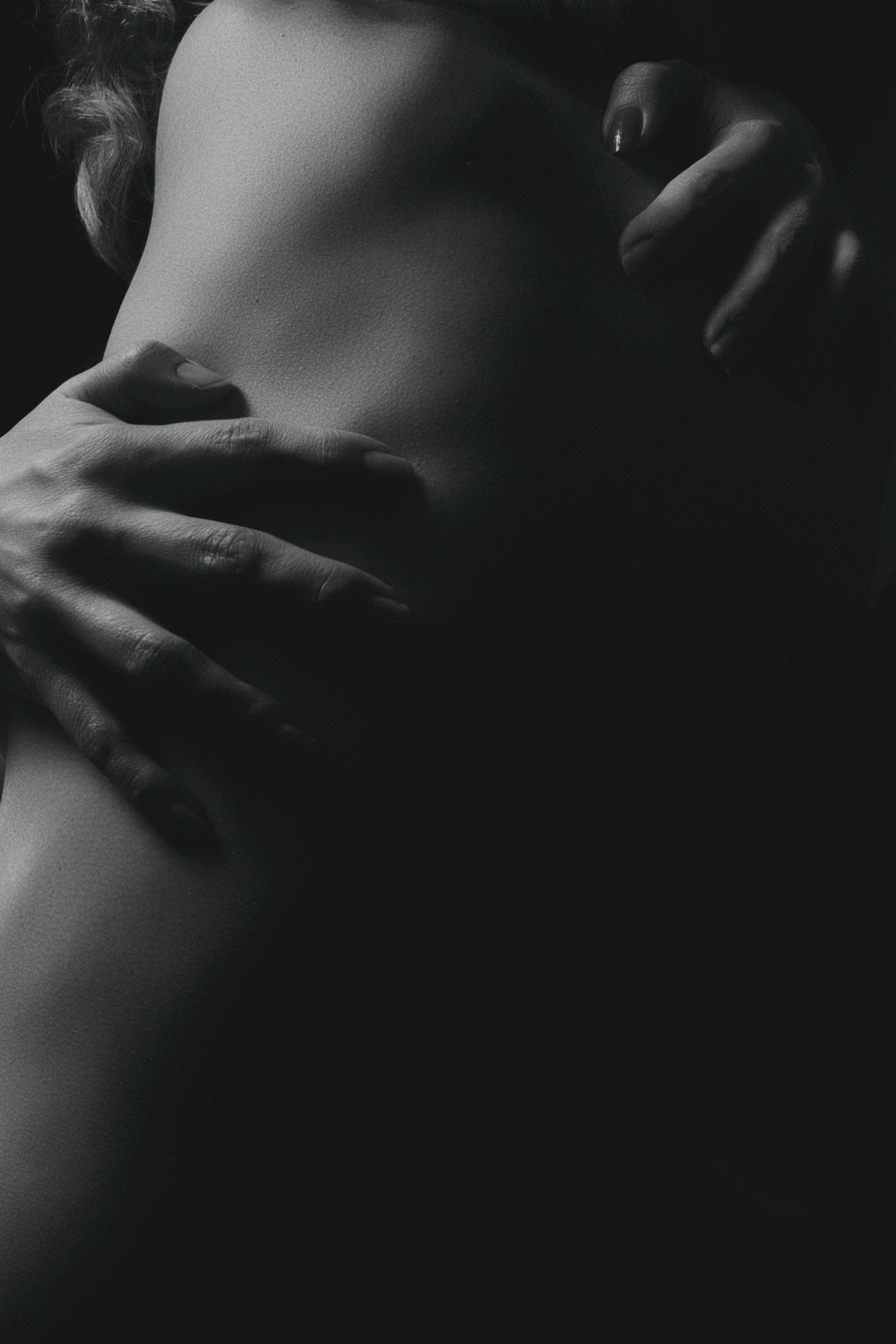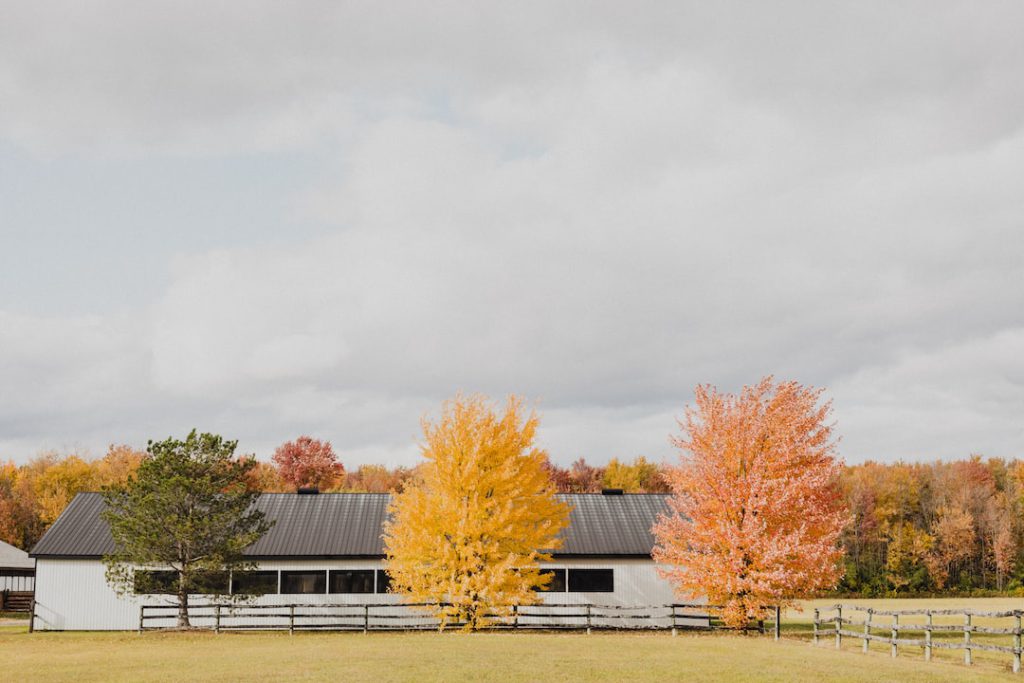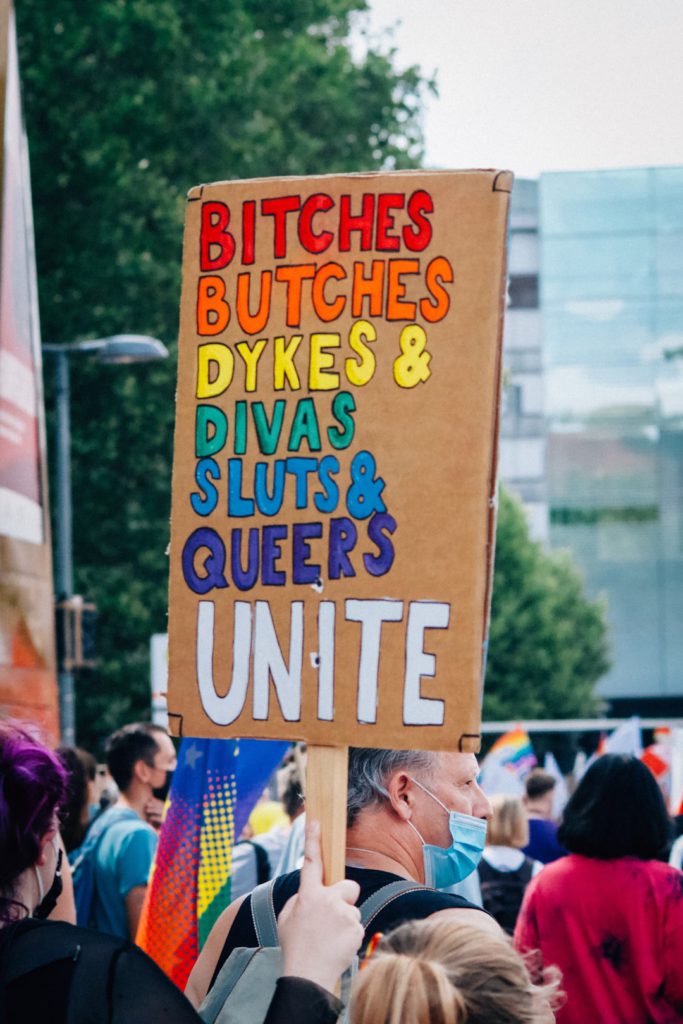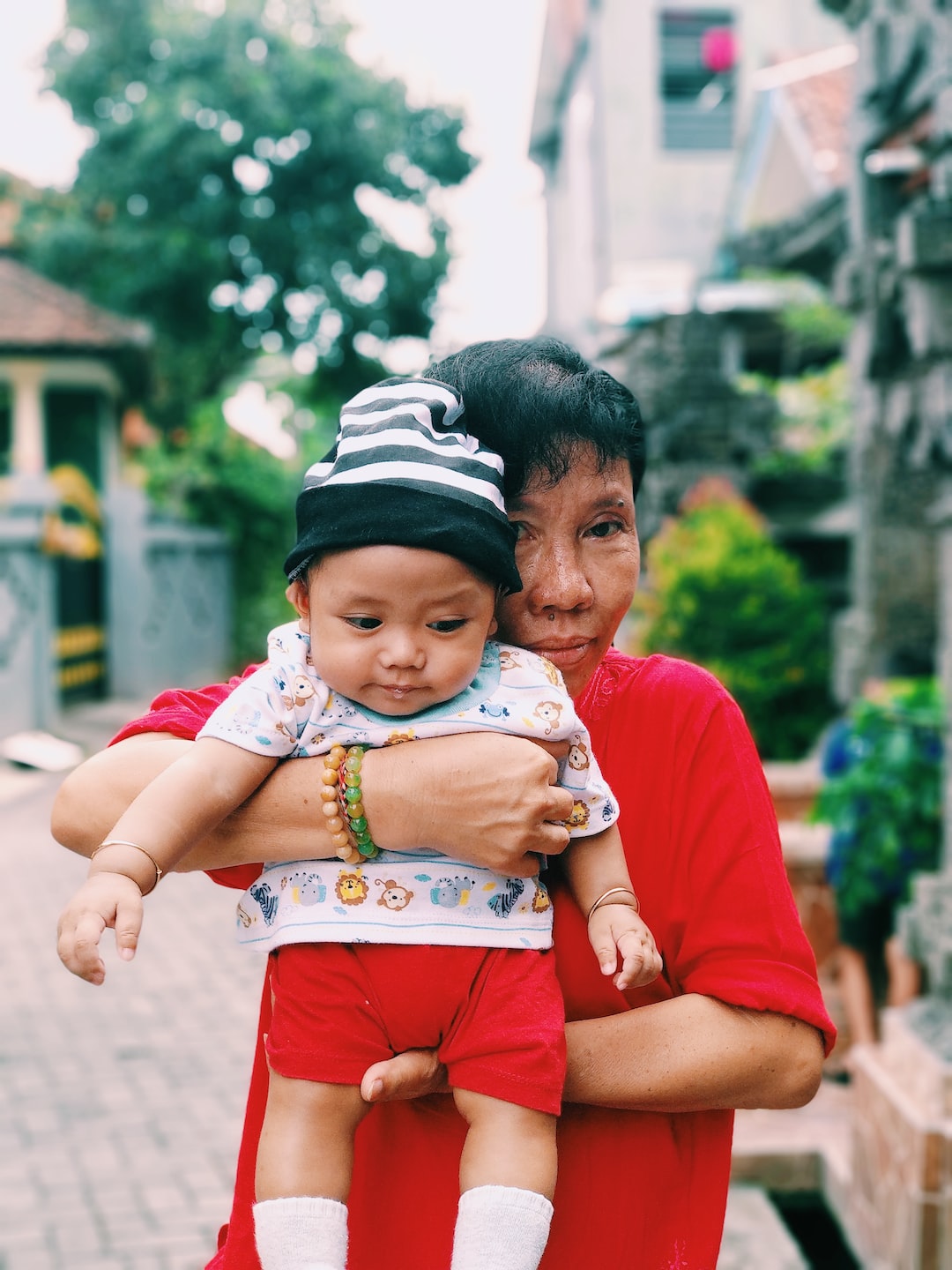Key Takeaways
1. The question of whether all women are bisexual is complex and cannot be answered definitively.
2. Sexual orientation is a spectrum, and individuals may experience attraction to different genders at varying degrees.
3. Society’s understanding and acceptance of bisexuality have evolved over time, but stereotypes and misconceptions still persist.
4. It is important to respect and validate individuals’ self-identified sexual orientations and not make assumptions based on stereotypes.
Introduction
The topic of women’s sexual orientation has long been a subject of curiosity and debate. One question that often arises is whether all women are bisexual. This article aims to explore this question in a broad and informative manner, shedding light on the complexities of sexual orientation and debunking common misconceptions. By examining the spectrum of sexual orientation, societal attitudes, and personal experiences, we can gain a better understanding of the diversity within women’s sexual orientations.
The Spectrum of Sexual Orientation
Sexual orientation is not a binary concept but rather exists on a spectrum. At one end of the spectrum is heterosexuality, where individuals are primarily attracted to the opposite gender. At the other end is homosexuality, where individuals are primarily attracted to the same gender. In between these two ends lies bisexuality, where individuals experience attraction to both the same and opposite genders.
It is important to note that bisexuality does not imply an equal attraction to both genders. Some individuals may experience a stronger attraction to one gender over the other, while others may have a more balanced attraction. This variation in attraction is known as the bisexual continuum.
Given the spectrum of sexual orientation, it is unrealistic to make a blanket statement that all women are bisexual. Just as not all men are heterosexual, not all women are bisexual. Sexual orientation is a deeply personal and individual experience, and it is essential to respect and validate individuals’ self-identified sexual orientations.
Society’s Understanding and Acceptance
Society’s understanding and acceptance of bisexuality have evolved over time. In the past, bisexuality was often misunderstood or dismissed as a phase or confusion. Bisexual individuals faced erasure and discrimination, with their experiences invalidated or reduced to stereotypes.
However, in recent years, there has been a growing recognition and acceptance of bisexuality. The LGBTQ+ movement has played a significant role in challenging societal norms and advocating for the visibility and rights of bisexual individuals. This increased visibility has helped debunk stereotypes and misconceptions surrounding bisexuality.
Despite progress, stereotypes and misconceptions about bisexuality still persist. Bisexual individuals may face challenges in both heterosexual and LGBTQ+ communities. They may be seen as promiscuous, indecisive, or attention-seeking. These stereotypes not only invalidate individuals’ experiences but also contribute to the erasure of bisexuality as a valid sexual orientation.
Personal Experiences and Diversity
Personal experiences of women’s sexual orientation vary greatly. Some women may identify as exclusively heterosexual, while others may identify as exclusively homosexual. Many women fall somewhere along the bisexual continuum, experiencing attraction to both genders to varying degrees.
It is important to recognize and respect the diversity within women’s sexual orientations. Each individual’s experience is unique, and it is not appropriate to make assumptions or generalizations based on stereotypes. By acknowledging and validating the experiences of all women, we can create a more inclusive and understanding society.
Conclusion
The question of whether all women are bisexual cannot be answered definitively. Sexual orientation is a complex and personal aspect of identity that exists on a spectrum. While some women may identify as exclusively heterosexual or homosexual, many fall somewhere along the bisexual continuum.
Society’s understanding and acceptance of bisexuality have improved over time, but stereotypes and misconceptions still persist. It is crucial to respect and validate individuals’ self-identified sexual orientations and not make assumptions based on stereotypes.
By recognizing the diversity within women’s sexual orientations and challenging societal norms, we can create a more inclusive and accepting society for all individuals, regardless of their sexual orientation.









